The nutritional values of tropical fruit

There are plenty of trustworthy scientific papers confirming that fruits’ nutritional value persists in the NFC (“not from concentrated”) frozen pulp.
The paper by Yamashita, Benassi, Tonzar, Moriya and Fernandes of 2003 about the preservation of vitamin C in the acerola frozen pulp comes to the following conclusions:
- Pasteurised frozen acerola pulp showed a vitamin C content just 10% lower than that of the original fresh fruit.
- Such content declined by just 3% after a three-month storage.
- This decline varies very little depending on the storage temperature (tests at -18° C and -12° C).
Given the well-know sensibility of vitamic C to temperature, oxygen, light, etc., such results reassure about the more general capability of frozen pulp to faithfully maintain the nutritional value of fresh fruit.
Source: http://www.scielo.br/pdf/cta/v23n1/18262.pdf
The research by Galvao de Lima, De Almeida Mélo, Dos Santos Lima and Da Silva Lima of 2002 shows that the content of antocyanins and total flavonoids in acerola frozen pulp stored at -18° C for 6 moths had decreased by just 4% for antocyanins and circa 14% for flavonoids.
Source: http://www.scielo.br/pdf/rbf/v24n3/15108.pdf
The dissertation by Ovidio de Araùjo of 2000 about chemical-physical and organoleptic characteristics of acerola pulp both frozen and deep-frozen shows that freezing ensures a similar efficacy of deep-freezing as far as preservation of vitamin C and stability of acidity, reducing sugars and soluble solids. Moreover, no evident differences across the two methods of conservation were visible in terms of color and taste of the pulps, if any a lesser performance of deep-frozen pulp after 6 months of storage.
Source: http://www.biblioteca.ufpb.br/catalogo_96_2000/campus2/eng_agr00.htm
Brazilian legislation indirectly confirms the efficacy of conserving fruits as frozen pulp by prescribing for instance for acerola frozen pulp a minimum content of vitamin C of 800 mg / 100g of pulp, still about 15 times the vitamin C content of oranges.








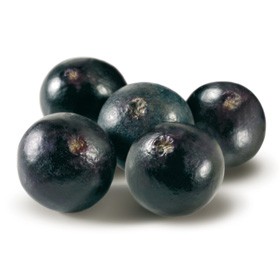
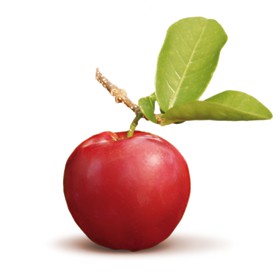
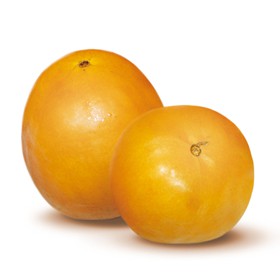
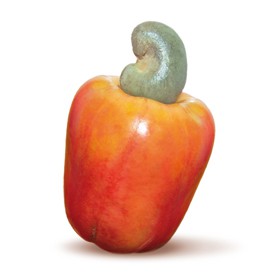
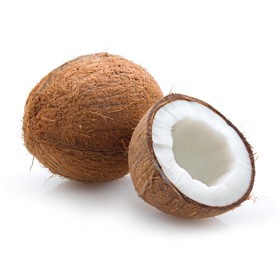
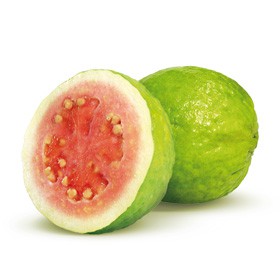
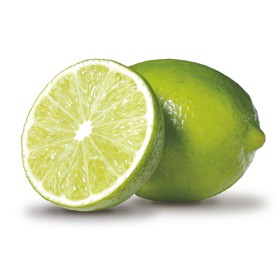
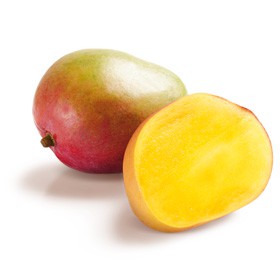
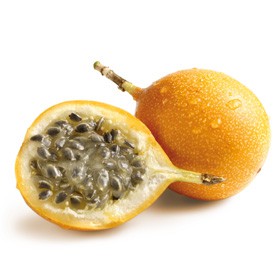
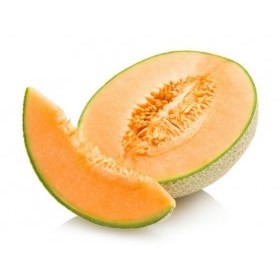
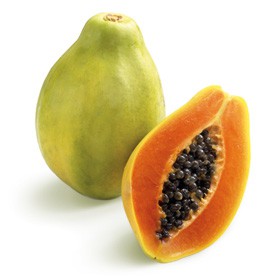
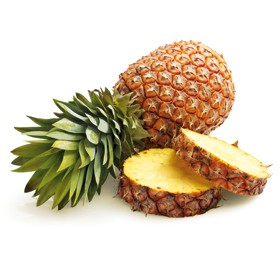
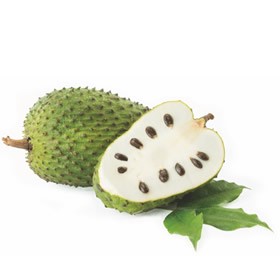
 Facebook
Facebook Instagram
Instagram